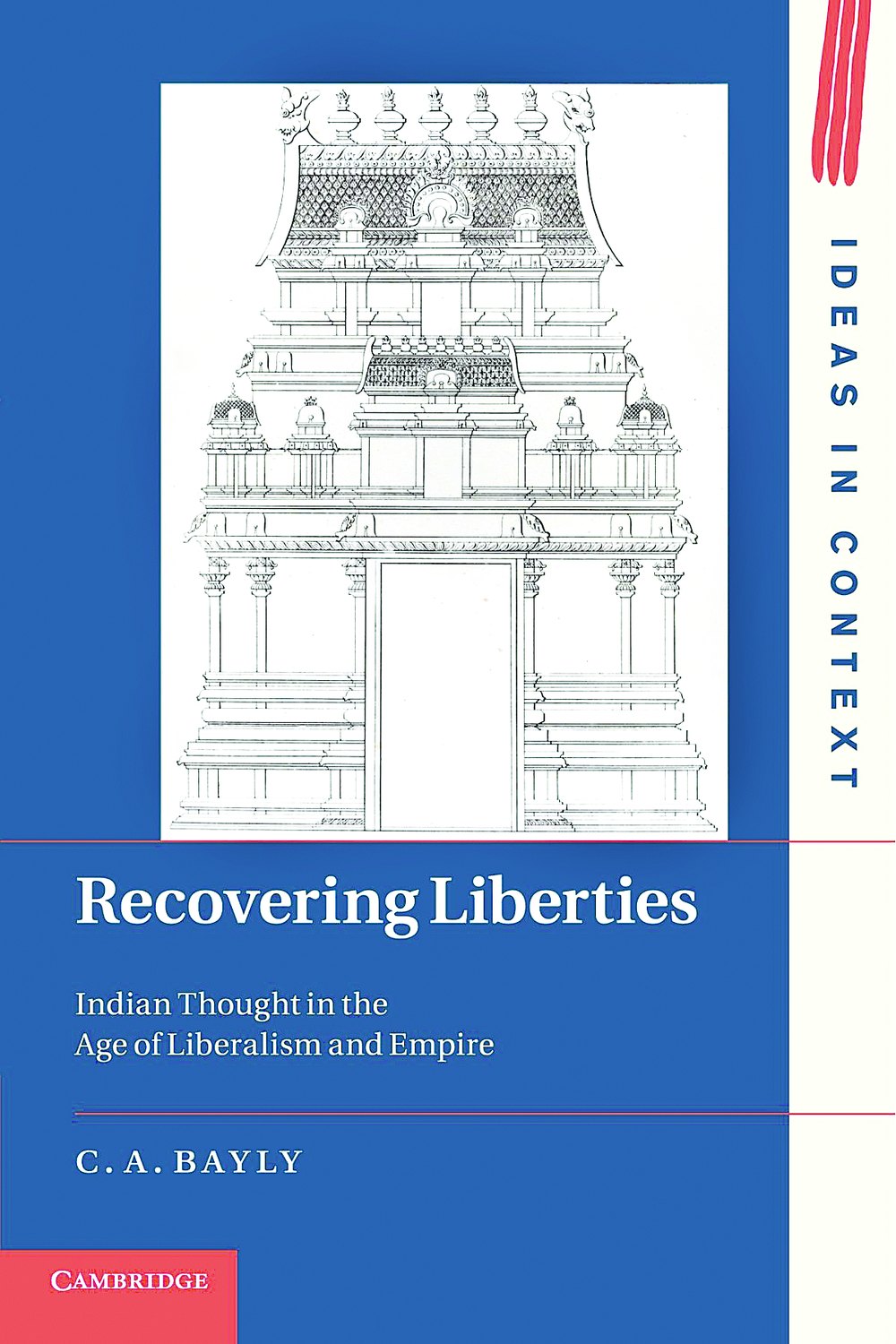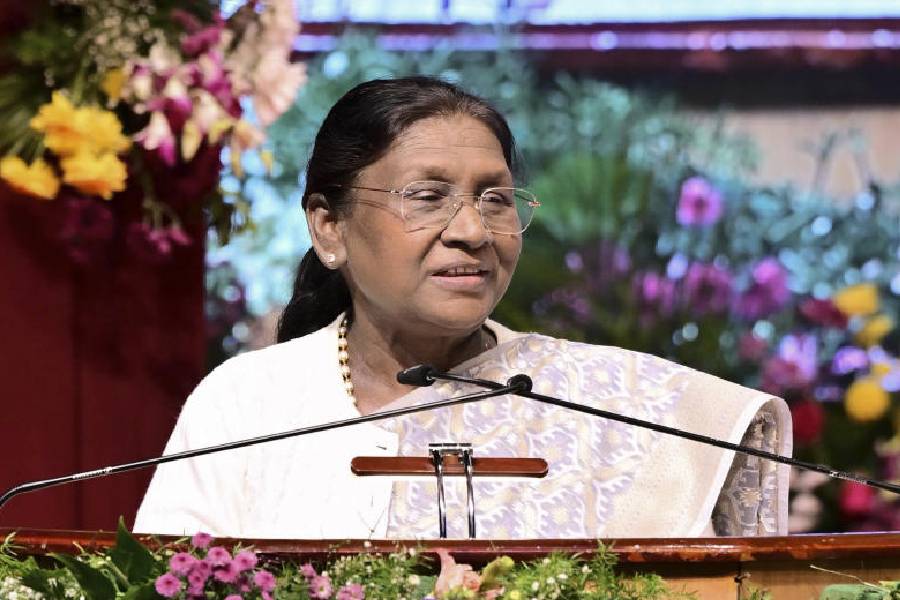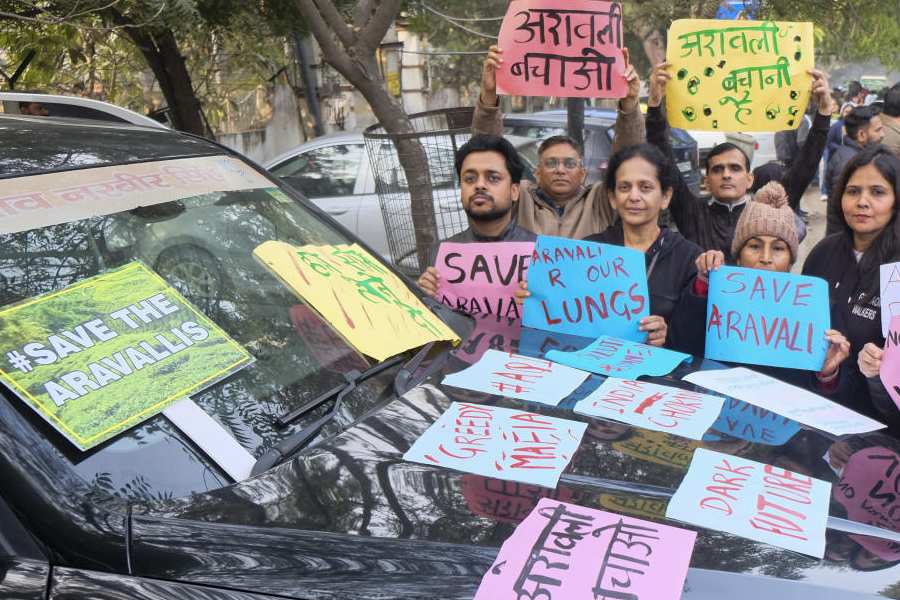
I was rather uninterested at first, and then taken aback when I was taken to see the Home Economics room at Sri Sri Academy, a high school in Calcutta. The teachers proudly showed me the first-rate equipment, the sparkling facilities and spoke about the kind of topics that were taught, which included cooking, nutrition, sewing, laundry, cleaning, interior decoration, and child development. My dated and uninformed response was one of disappointment. I rued the girls were still being taught and expected to be ideal homemakers, while society still makes their contributions in the domestic sphere invisible and undervalued.
The ground-breaking work of the New Zealand parliamentarian, Marilyn Waring, If Women Counted (1988), was a systematic critique of systems of national accounting that discounted women's unpaid work. Waring showed how measurements of economic growth exclude women's household work as well as the value of nature from what is considered productive in the economy. Waring's radical analysis led to the United Nations redefining gross domestic product and inspired new methods of accounting in many countries. Her insights were key to the development of a feminist economics.
The long hours women and girls spend doing household chores include non-paid agricultural work and livelihood tending, and are a sizable percentage of the total output of all countries. A 2009 study on women's unpaid work in India found that a typical woman's day starts at about 5 am and ends after 10 pm. In addition to their unpaid household activities, women often spend six to eight hours on paid activities. In 2009-2010, 126 million women in India attended to domestic duties.
Ironically, it is only when a person is hired and mostly grossly under-paid to care for children, cook, wash and clean at others' homes that their "work" is accounted for in GDP. In countries like India, where this work primarily takes place in the unorganized sector, it is still not accounted for in the national accounts.
It was my turn to be surprised when the teacher shook her head and looked at me quizzically to let me know that now almost half of the students in the Home Economics class are boys and the trend is increasing. Home Economics is currently described as "the science of the home" and "includes all the things that concern the person, home, family members and resources". At its core, Home Economics is about education for "better living" in the "family ecosystem". It deals with reciprocal relations among the family and the man-made environment, nutrition, child development and the management of resources.
Catharine Beecher - sister to the abolitionist and author, Harriet Beecher Stowe - first championed domestic science education as part of a broader commitment to women's education. In 1862, Home Economics was promoted in land grant colleges to educate farm wives to run their households while their husbands learned agricultural methods and farming. It was Ellen Swallow Richards, one of the first women to attend Massachusetts Institute of Technology and its first woman instructor, who thought that scientific principles should guide activities related to the domestic sphere.
Richards designed the Rumford Kitchen in the Chicago World Fair in 1893 to serve nutritious food to thousands of attendants at the fair. It is interesting that she refused to have her kitchen featured in the Women's Building of the Fair so as not to confine her contribution to apply to women alone. Clearly a progressive thinker far ahead of her times, Richards thought both her work on nutrition and water quality, which applied scientific principles to the domestic situation, were relevant to both genders. Despite her firm stance, the Smith Lever and Smith Hughes Acts (1914, 1917) made funds available to teach a Home Economics curriculum on most land grant college campuses directed towards women students.
The historical development of Home Science has been described best as a movement to professionalize domestic work and domestic space. However, American corporations were quick to hire home economists to publicize their products, thereby creating professional opportunities for women. While work opportunities for women increased, the original message of the subject that sought to liberate women through control over the domestic environment was undermined.
The Home Science movement spread all over the world, including to India. In 1931, Lady Dorothy Irwin, the wife of Lord Irwin, the viceroy of India, and the maharanis of Baroda and Bhopal, and nationalist luminaries including Sarojini Naidu, Rajkumari Amrit Kaur, Annie Besant, Kamala Devi Chattopadhyay and Margaret Cousins established Lady Irwin College of Home Science in Delhi. The college was dedicated to nurturing and developing the "mothers of India", who through their service in the home would forge a better nation. The women of Lady Irwin College were fired with nationalist ideals and encouraged to utilize their skills to serve their homes and the nation.
Through the 1960s and the 1970s Home Science was taught in those schools that could afford the facilities to teach girls to cook, sew, and learn about nutrition and other house-hold necessities. It included science subjects like food chemistry, bio-chemistry and some physics relevant to the subject. Many thought that Home Science was for girls who were not capable in the sciences or humanities, or for those who sought to be housewives. There was no question of boys studying Home Science.
Home Economics is now an option for boys as it is perceived as a subject that equips its students for the rapidly expanding and increasingly glamorous hospitality sector. The subject is promoted as being an application-oriented discipline that prepares its students for many professions including fashion, design, dietetics, counselling, catering technology and entrepreneurship. One of India's top designers, Calcutta's Ritu Kumar, was a student of Lady Irwin College as is the fashionista, Chitrangada Singh. The many shows on celebrity chefs have also brought a great deal more of glamour to the art of cooking. It is clear that cooking can be a very lucrative profession.
It is clearly an advance that Home Economics is no longer considered a subject that is solely for girls. The entry of young men to the discipline, in that sense, is good news as not only should it widen professional options, but it should also give them a better idea and appreciation of what it takes to run a home and how to be an active partner in this effort. It is certainly my hope that with more boys and men studying the subject, it will elevate domestic work and its economic and social value.










